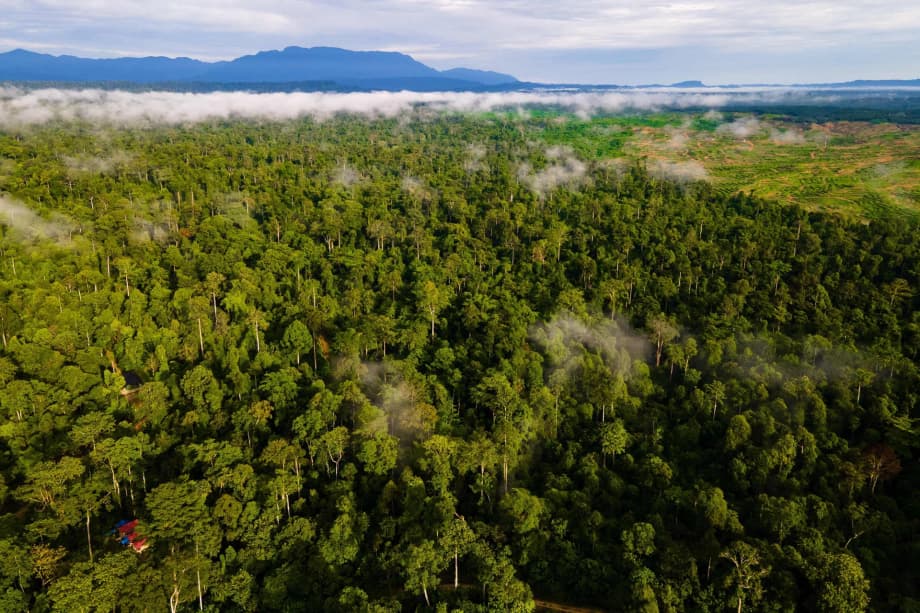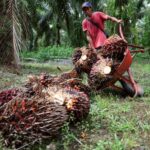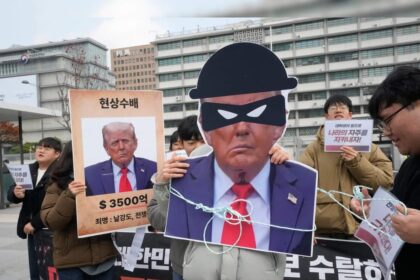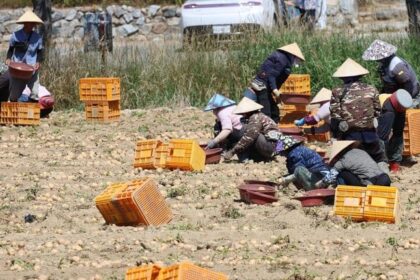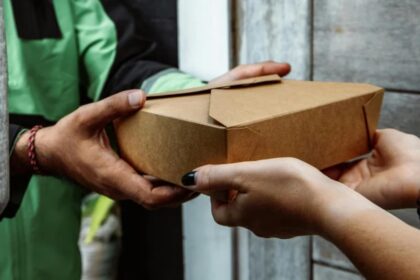Indonesia faces a turning point for forest finance
The debate over how to pay for living forests will crest at the United Nations climate summit in Belém this November. A new mechanism, the Tropical Forests Forever Facility, is moving to center stage with a promise of predictable, performance based money for countries that keep their forests standing. Brazil, the host of COP30, has seeded the concept with a pledge of 1 billion dollars and a push to assemble a fund sized to matter. Few nations have more at stake than Indonesia, a country with vast tropical forests, extraordinary biodiversity, and communities whose livelihoods depend on healthy ecosystems.
For years, Indonesia relied on a patchwork of grants, bilateral support, REDD plus programs, and carbon markets. These tools brought resources and learning, yet they also came with volatility, complex verification rules, and slow pay cycles. The new facility aims to change the rhythm. It treats forest protection like an endowment like investment. The pool of capital, targeted at 125 billion dollars, would be invested in global markets, then the annual returns would flow to tropical countries that keep deforestation low and canopy intact. The pitch is simple. Pay for the service forests provide every year, not only for emissions avoided in a single project.
The prospect is timely for Indonesia. Forests in Kalimantan, Sumatra, Sulawesi, and Papua anchor rainfall patterns, hold carbon in deep peat, protect mangroves and coasts, and support food and water security. Steady finance could help provinces plan better, improve fire prevention and restoration, and support social forestry and customary land stewardship. If Indonesia locks in credible safeguards and transparent distribution, this model could turn conservation into a budget line that outlasts election cycles.
Why COP30 elevates this fund
Brazil introduced the facility at COP28 and has spent the past year recruiting partners. The design centers on large scale, long term, performance based payments verified by satellites. The facility would pay countries with tropical forests in proportion to conserved area and would apply deductions for loss or degradation. At least 20 percent of the money is reserved for Indigenous Peoples and local communities, who are proven guardians of forests.
Interest is coming from both governments and markets. The United Kingdom, Norway, and the United Arab Emirates have expressed support. Large investors and banks have engaged in the design talks. Civil society groups and Indigenous leaders have joined consultations to push for strong rights, safeguards, and direct access to funds. The result is a rare coalition that spans public, private, and community actors.
How the Tropical Forests Forever Facility works
The facility is built as an investment fund that pools public and private capital, invests in diversified fixed income assets, and uses the profits to pay countries that keep forests standing. The target capital is 125 billion dollars. Organizers expect a mix of sovereign money and private investment, with returns in the range needed to deliver roughly 4 billion dollars a year in payments. Designs under discussion point to concentration in investment grade bonds from emerging and developing economies, a preference for green or sustainable instruments, and a ban on exposure to fossil fuels or companies with high deforestation risk.
Payments are based on forest area, not carbon credits. A reference formula widely cited by backers is 4 dollars per hectare per year for maintained tropical moist forest. Countries that exceed a low deforestation threshold, often described as under 0.5 percent per year, qualify for payouts. Penalties would deduct funds where forest loss or degradation occurs, with heavier deductions for outright deforestation and lighter ones for degradation. Verification relies on satellite imagery and national monitoring. At least 20 percent of each country’s allocation is set aside for Indigenous Peoples and local communities, with proposed mechanisms for direct access and representation in decision making.
How this model differs from carbon markets and REDD plus
Carbon markets pay for quantified emissions reductions or removals. Prices swing with sentiment and policy. Projects and jurisdictional programs wrestle with additionality, permanence, and baselines. That complexity can slow disbursement and invite disputes over integrity. Many projects also sell credits to offset emissions elsewhere, which can be controversial.
The new facility does not buy offsets. It pays for a public good that forests provide every day, including rain generation, water filtration, cooling, and habitat. The calculation is simple, the signal is clear, and the revenue is predictable once a country qualifies. The price per hectare will not match the highest carbon credit values, yet the stability and national scale are the appeal. Governments can build multi year programs around a known annual income that rises when forest cover is maintained and falls when loss accelerates.
Indonesia’s stake and what predictable income could mean
Indonesia reports more than 120 million hectares of forest across the archipelago. A per hectare payment of 4 dollars would imply hundreds of millions of dollars in potential annual income if eligibility thresholds are met and deforestation stays low. The exact figure would vary with verified canopy, areas excluded for degradation, and any penalties for forest loss. Even a fraction of that range would be material for fire prevention, peatland rewetting, mangrove restoration, community forestry, and sustainable livelihoods in forest provinces.
The model aligns with Indonesia’s Forestry and Other Land Use Net Sink 2030 goal. It also fits with the government’s social forestry program and the expansion of restoration in peat and mangrove ecosystems. A credible, rules based revenue stream can help bridge the gap between national targets and provincial budgets. It can improve the continuity of programs like canal blocking in peat, early fire detection and response, and community based management of forest resources.
Predictable cash flows can also anchor blended finance. Indonesia has issued green sukuk in global markets and is exploring domestic waqf linked conservation finance. A stable annual payout tied to performance could be ring fenced to match provincial co financing, draw philanthropic matches for community projects, or support outcomes based contracts for restoration, with strong public accounting and open data.
Safeguards and the community share must be real
Design details will decide whether the facility earns trust. The plan to direct at least 20 percent of funds to Indigenous Peoples and local communities is a strong start. Delivery pathways need to ensure that community organizations can access funds directly, not only through central governments. Governance should include representation from Indigenous and local leaders. Monitoring must cover not just deforestation, but also degradation that can erode ecosystem health without full canopy loss. A grievance and redress channel is essential where rights are at risk.
Syahrul Fitra, Forest Solutions Global Co Project Lead at Greenpeace Indonesia, warned that finance must change incentives that currently reward destruction.


